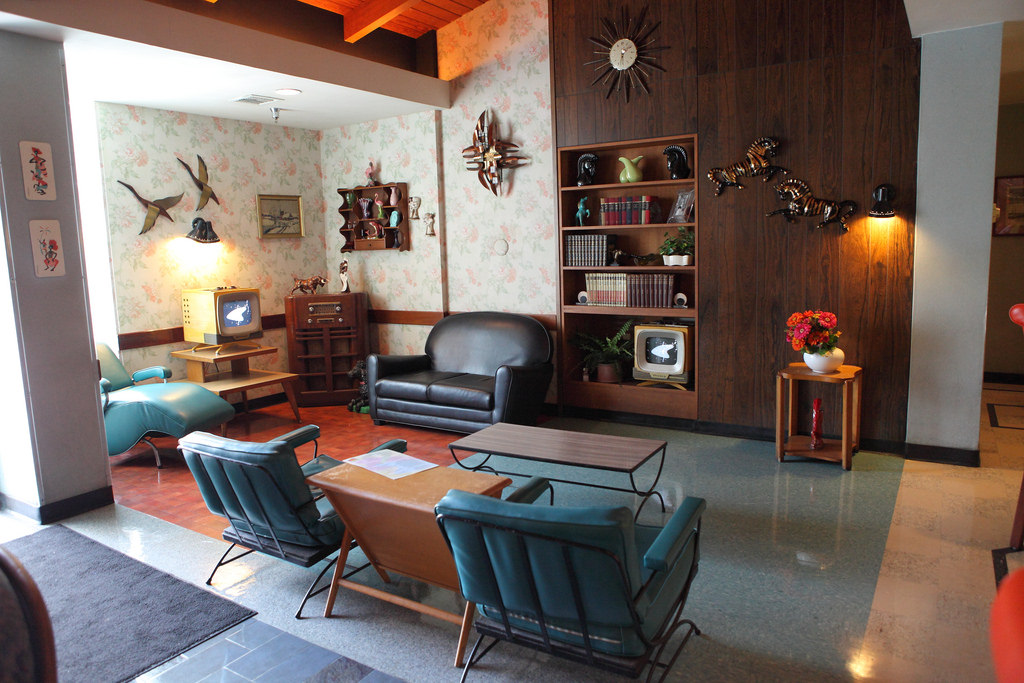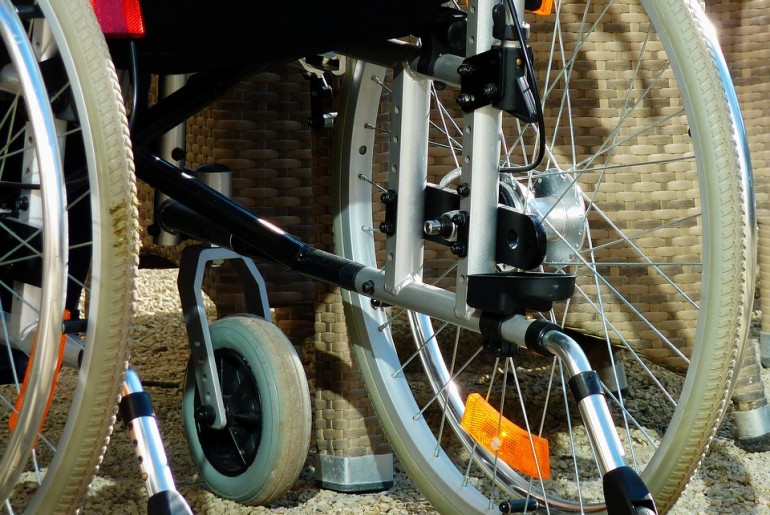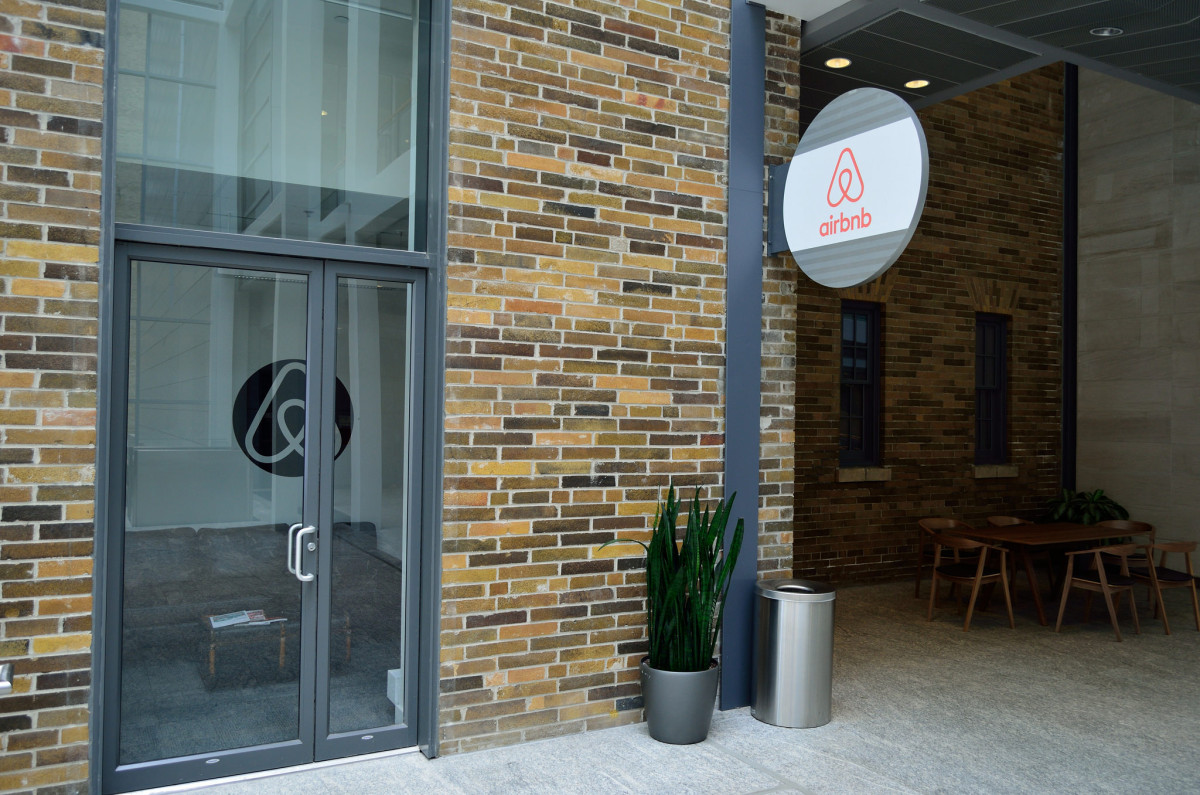If your family member is mobility-impaired and is having trouble getting around your home, there are a few improvements you can make to your house to greatly improve how they get around and their quality of life. Here are a few of them:
Stairs
If your family member primarily uses a wheelchair to get around, it can be terrifying and stressful for them to try and navigate stairs- in fact it could just be impossible. A stairway lift is a great option for this, as they’ll be able to keep their independence and will be able to operate it when they’re home alone. There are many different types available, all at different price points and with different safety features, so you may need to shop around to find the best one for your home and budget.

Bathroom
We’ve all heard the statistics- more accidents happen in the bathroom than any other room, and even able-bodied people need to be particularly careful in slippery situations. One of the best options is to install a walk in bath, which will ensure that your loved one can easily get around and enjoy their privacy.
Entranceway
If your family member has recently become wheelchair dependent or can no longer navigate stairs, you’ll need to update the entranceway of your home so that they can safely get in and out. While a wheelchair ramp can be expensive, it can also add value into your home and be a selling point for buyers with disabilities. Another option is a vertical platform lift which is a good way to navigate if you simply don’t have enough space for a ramp.
You’ll need to ensure that your path is wide enough for a wheelchair, and you will also probably want to look into non-slip surfaces.
Kitchen
If you want to have a good idea of how hard it can be to cook or wash dishes in a kitchen for someone with a disability, take a chair and sit in it for a moment in your kitchen. You’ll soon see that working at countertops and reaching many plates and utensils is impossible. Consider lowering your countertops, using roll-out storage, and purchasing a low sink that has room for a wheelchair underneath.
Floors and doorways
One of the things that able-bodied often forget is how hard it can be for people who are disabled to navigate different types of flooring- particularly if a house is decorated with carpets or rugs. Tiles and hardwood are the best flooring for wheelchairs, although low-pile carpet can also work well.
Doorways can also be exceedingly frustrating for people in wheelchairs, so if possible, see if you can widen some doorways- this can be done by removing frames and doors, making it more approachable and easier for your loved one to enter and exit each room.










Comments are closed.